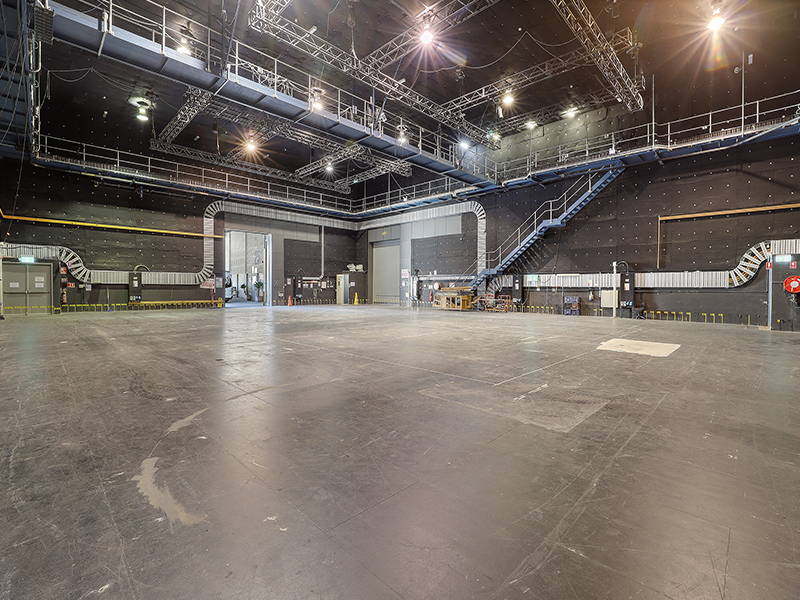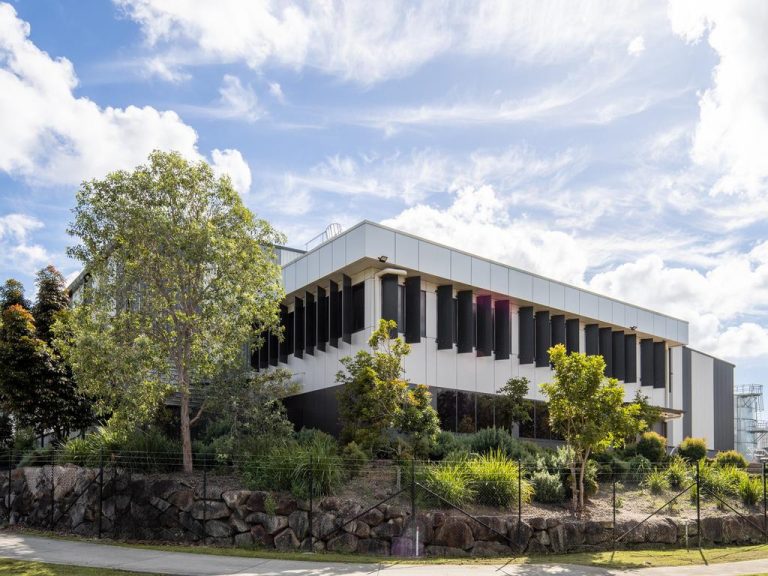Federal Budget 2022: Industrial property sector an overall winner

The federal budget will deliver a boost via a knock-on effect to the nation’s commercial property sector, even though there was no specific financial focus relating to the industry, experts say.
Hailed by the government as marking the “next stage in leading Australia’s strong economy into the future”, the budget’s $21 billion investment in transport, water and communications infrastructure in developing Australia’s regions, as well as a $1 billion boost for a new technology to help small businesses go digital were among the measures set to help the commercial property sector.

Regional towns are set to benefit from the knock-on effect of a range of Budget measures to improve transport links, local infrastructure and even telecommunications upgrades. Picture: Getty
Treasurer Josh Frydenberg said Australia’s economic recovery was leading the world with more Australians in work than ever before and the unemployment rate was now forecast to reach 3.75% in 2022, the lowest rate in close to five decades.
Indirect measures deliver hope
JLL research director Ronak Bhimjiani said while no single budget measure would considerably change the landscape of Australia’s property markets, there were some initiatives which would indirectly benefit the sector.
He said the increase of the low and middle income tax offset and the reduction of the fuel excise to combat rising costs of living might lead to greater discretionary income, resulting in higher consumer spending across the retail sector, boosting retailers’ revenues and indirectly supporting the retail property sector across the country.

Retailers are likely to do well from the measures that boost consumer spending including the reduction in the fuel excise and the low and middle income tax offsets. Picture: Getty
“The news of a lower deficit with better-than-expected outcomes for Australia’s economy, in particularly the labour market, will be welcomed by potential property investors,” he said.
“Bloomberg’s latest COVID resilience rankings puts Australia in fourth place globally. With the nation’s finances also improving, property investors will see Australia’s economic and health stability as a key highlight when assessing property investment mandates.”
The industrial sector [manufacturing and data centres], life science and education, and the regions were the main budget winners, PropTrack economist Anne Flaherty said.
“Since the pandemic, industrial real estate has overtaken office as the most in demand with commercial property investors and has seen record sales volumes. There’s plenty of good news for the industrial sector in this budget,” she said.
“A “record infrastructure pipeline”, a focus on “boosting our sovereign manufacturing capability” and “solving vulnerabilities in our supply chains” will further demand for industrial real estate.
“Life science spending will increase the need for R&D [research and development] facilities, laboratories and clinical spaces.
“In conclusion, I think all of this spending on healthcare will boost demand for life science real estate.”

The Budget will encourage further investments in research and development across bot private and public Life Science businesses and organisations. Picture: Getty
Raine and Horne executive chairman Angus Raine said the budget’s cost of living tax offsets, the fuel excise and other rebates would help “fill Australians’ pockets,” which would trickle down to the retail sector and secondly, tourism.
“They are probably the two biggest sectors that have suffered from COVID,” he said.
“Everything has a trickle down effect, or a trickle up effect. The apprenticeship [announcement boost] is obviously very good for the construction industry that is screaming for apprenticeships, and of course that’s probably got quite a long tail as it takes a while to get your trade but that’s a very positive thing.”
Future population growth a concern
The Property Council of Australia welcomed the continued strong economic recovery outlined in the budget, but warned population growth and a looming housing supply crisis remained big challenges.
“We saw most of the announcements related to property prior to the budget – the housing measures in terms of home guarantee schemes and infrastructure announcements, so within this budget there are limited new measures which relate to the commercial property sector but I think the underpinning assumptions are very interesting,” Property Council chief executive Ken Morrison said.
“We are seeing population growth step up, the forecast for the next financial year to 180,000 and step up in the year after that still do not meet pre-pandemic population levels, the next two years we are still behind the eight ball in the normal growth measure for Australia,” he said.
“We are also seeing the housing supply crisis, which we know is coming, because the federal government’s own forecasts are pointing it will also start to be a drag on the economy.
“So the year after next, dwelling investment turns negative so those two things are linked and we need to get population growth growing strongly and we need to have a national plan to address housing supply and affordability.”
A boon for the industrial sector and the regions
The budget’s 10 year infrastructure commitment to investments in new and existing infrastructure projects in every state and territory, will increase from $110 billion to $120 billion, which was a new record.

Increased spending on regional rail infrastructure will improve services for rural areas. Picture: Getty
“Infrastructure which is the roads and rail – the country sort of rides on that obviously, so that’s going to be a huge boost for driving regional population growth,” Mr Raine said.
“Improvements in regional Australia will encourage business to relocate to regional areas and cites too, [which is] positive for commercial property.”
Ms Flaherty said the focus on the regions was important.
“We have seen record population growth in the regions and that population growth existed before COVID so a lot of these areas are extremely underserviced by amenities. To actually invest more in these communities will increase demand for commercial property,” she said.







